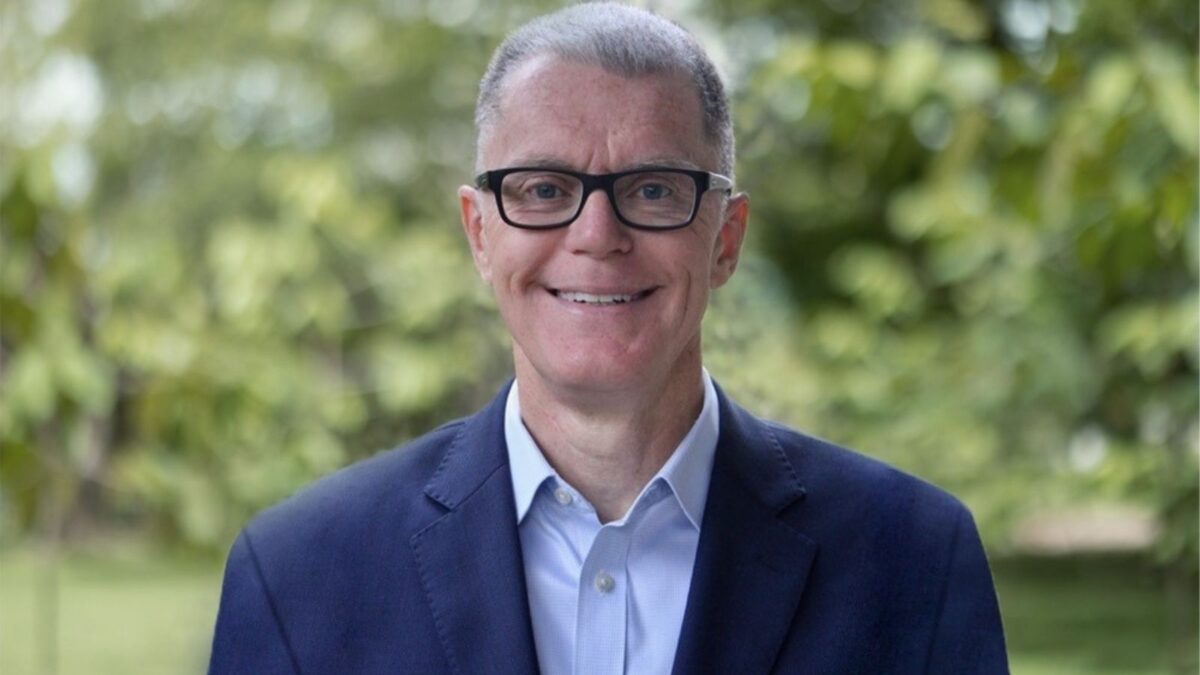Time to look at costs in emerging markets
Emerging markets are not flavour of the month right now, due to several factors including the trade war between the US and several other countries, particularly China. The emerging markets also had a great run post the global financial crisis, serving as a buffer against weakness in developed country economies and markets.
But in the past 12 months, international investors have become skittish. One of the important aspects of emerging markets, though, is that while their returns may be volatile, the costs associated with doing business there are identifiable and controllable.
A global fund manager which can profess to be dispassionate about the direction of any market, at least in the short-medium term, is Parametric, a specialist implementation manager. With its emerging markets mandates, Parametric sees perhaps twice the headline costs which it tries to slash versus the costs in developed markets such as Australia.
On a trip to Australia last week, Seattle-based Tim Atwill, the firm’s head of investment strategy, said that investors needed to be conscious of the costs of investing, especially in emerging markets. “The round trip for Australian shares,” he says, for instance, referring to the total costs of a trade, “might be 60bps. But in an emerging market, especially one outside the big four or five countries, the round trip might be 120bps”. Emerging markets can deliver great returns, but they can also involve high costs. When the returns are not there, as is the case from time to time, the costs will remain.
Atwill says that even the most sophisticated algorithm cannot deal with the situation when there is no-one on the other side to transact. “We do counter-actions in both the passive and active sectors of the market,” he says. ‘It is clear to me that if you are looking for high-growth potential, you probably can’t get it from large markets. In EM they have already been through that phase.”
Parametric not only tries to avoid high transaction costs, he says, but also tries to address the problems it sees with the various indices. For emerging markets, the index is massively skewed towards five countries: China (32.7 per cent), Korea (14.6 per cent), Taiwan (11.5 per cent), India (8.6 per cent) and South Africa (6.6 per cent).
Atwill says that the rest, smaller markets, arguably have higher growth potential. Diversification beyond the index concentration can improve both risk and return. Concentration works against investment goals, in theory at least, he says.
While it might sound very old fashioned, diversification is particularly important in providing downside protection. Country – and currency – risk tends to dominate in EM. Going back to 1997, the cross-sectional volatility of risk factors between countries, industries and styles, has seen country consistently ahead by a wide margin.
Parametric offers clients a more diversified EM strategy which looks to outperform the MSCI EM index by 2-3 per cent over three-five years. The manager uses a portfolio construction of both country and sector-targeted weights. It also recommends the inclusion of frontier markets, while maintaining a focus on liquidity and transparency for cost comparisons.
Chris Briant, the Parametric Australia country head, says that the firm can “come up with a meaningful exposure to emerging markets that is also investable.” He says Parametric’s “investment smarts” enable it to look beneath the headline numbers for efficiency and added value.
Atwill says the firm has about US$13 billion invested globally in its emerging markets strategy, which dates back to the 1990s. “Over almost all rolling three-year periods over that period we have outperformed with a lower volatility,” he says.
Its standard EM portfolio has about 1,500 stocks, which is a lot and which is why Parametric puts such a lot of emphasis on its implementation skills.
– G.B.









